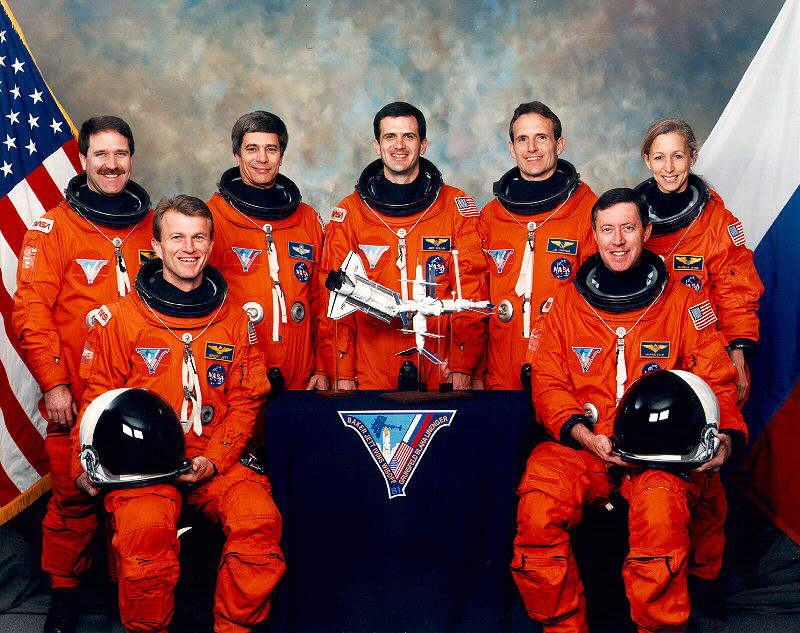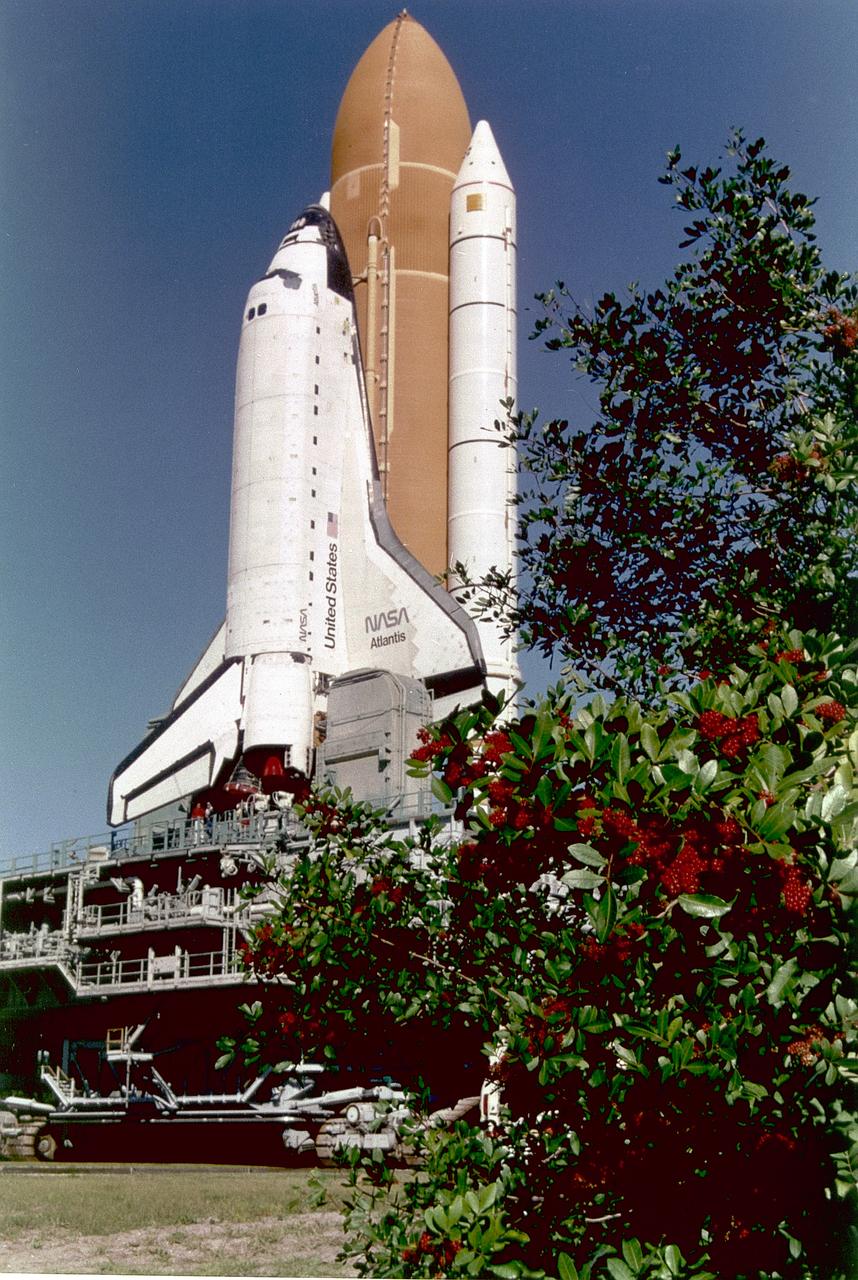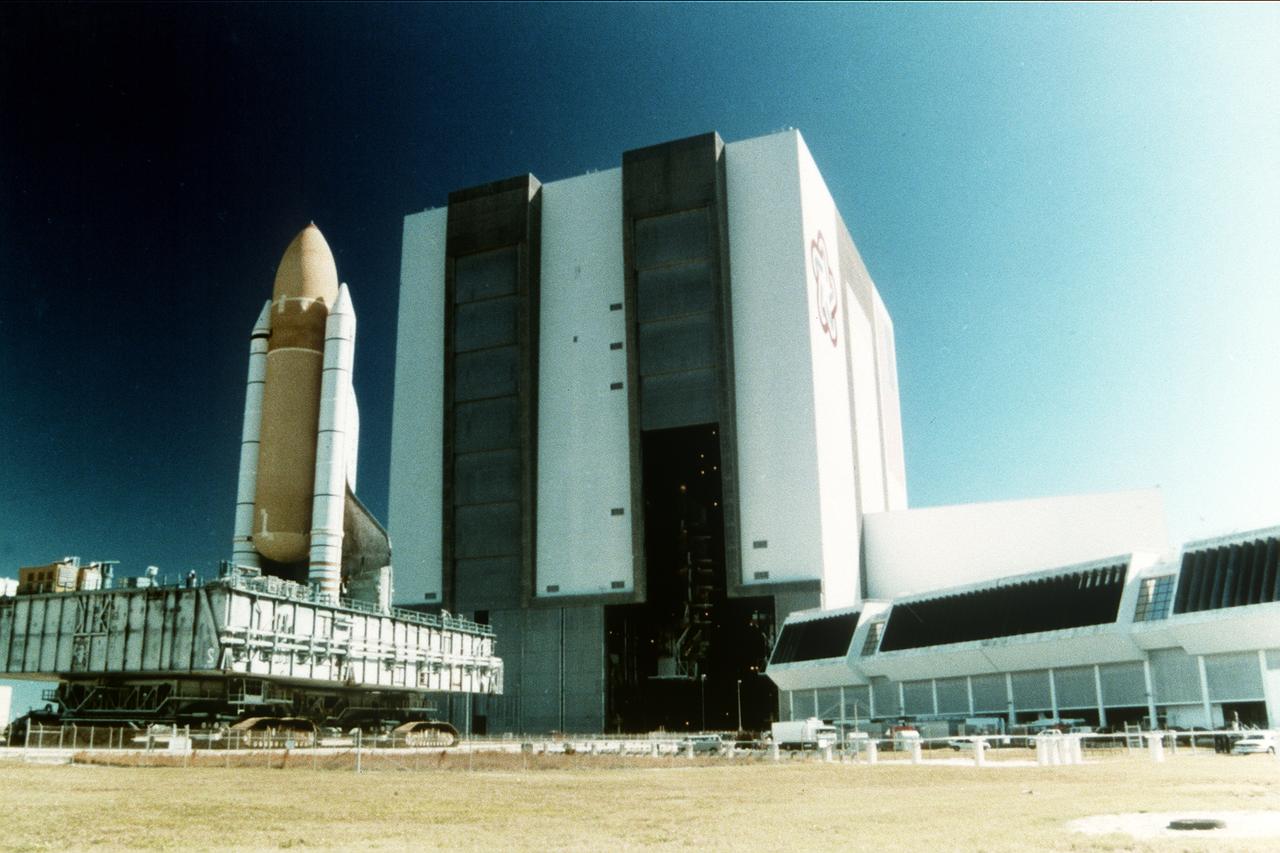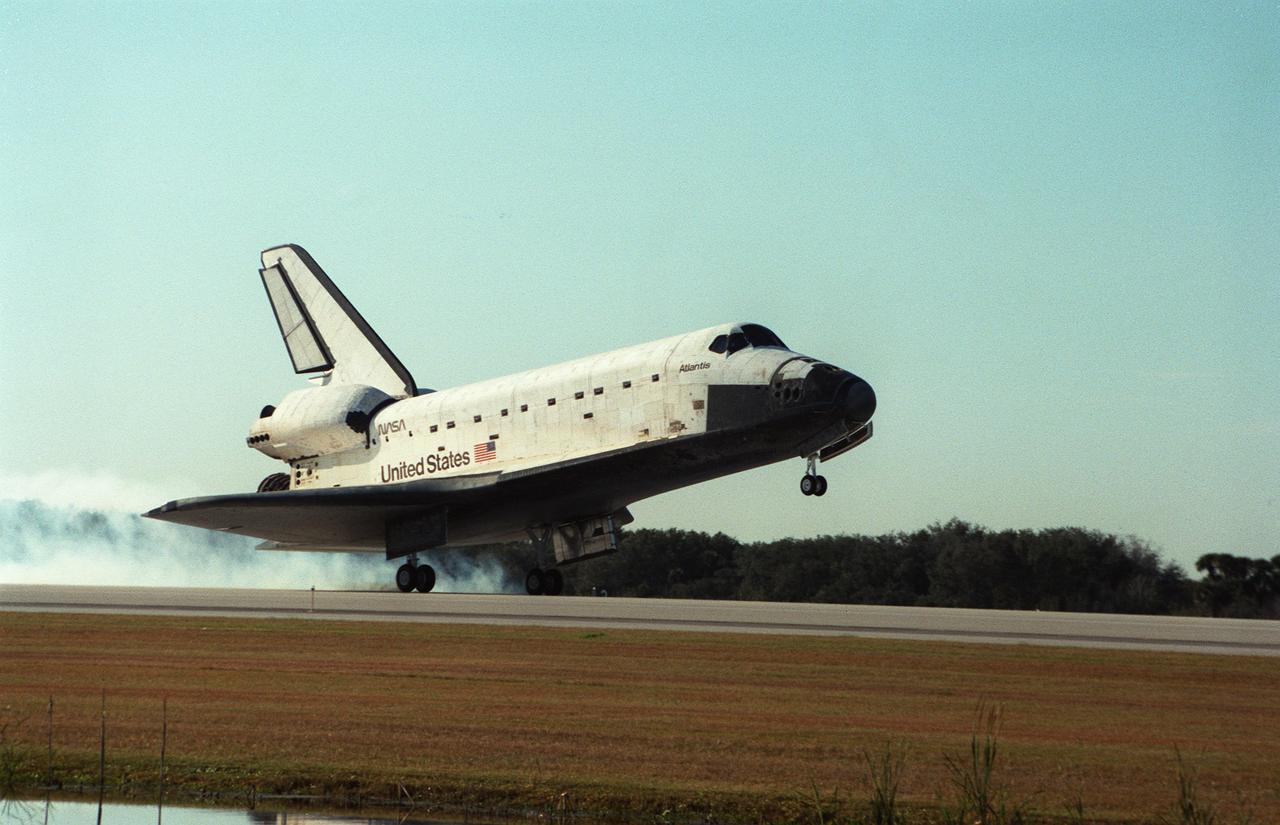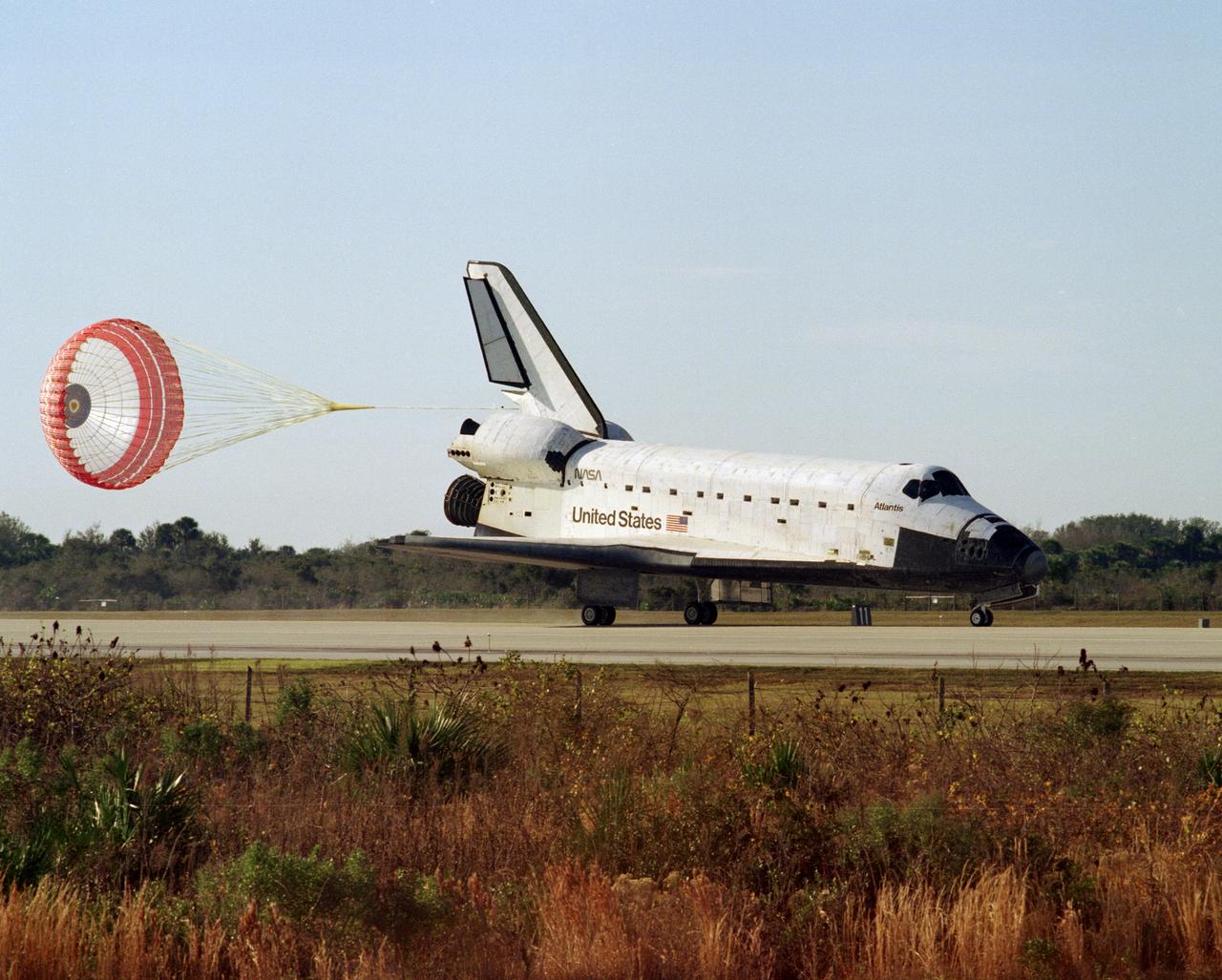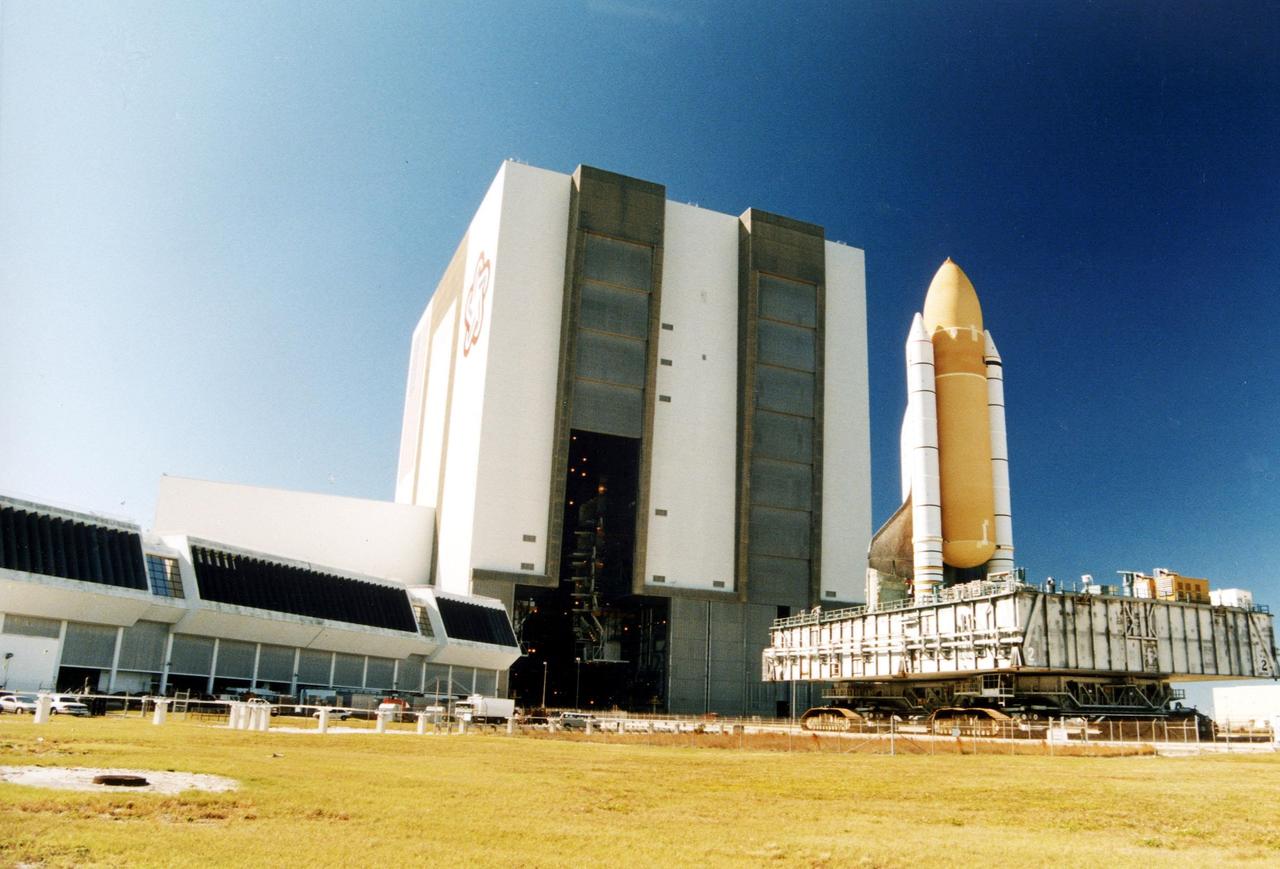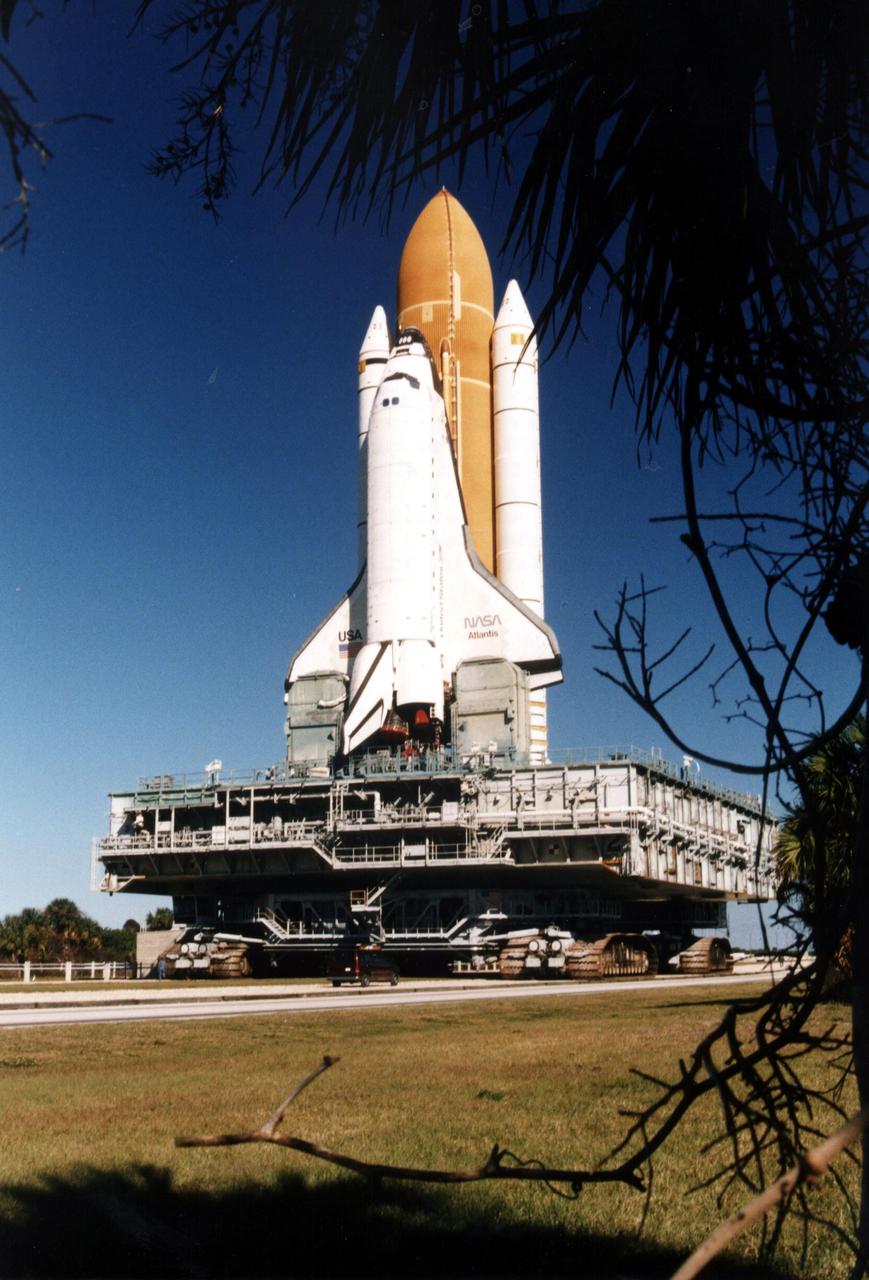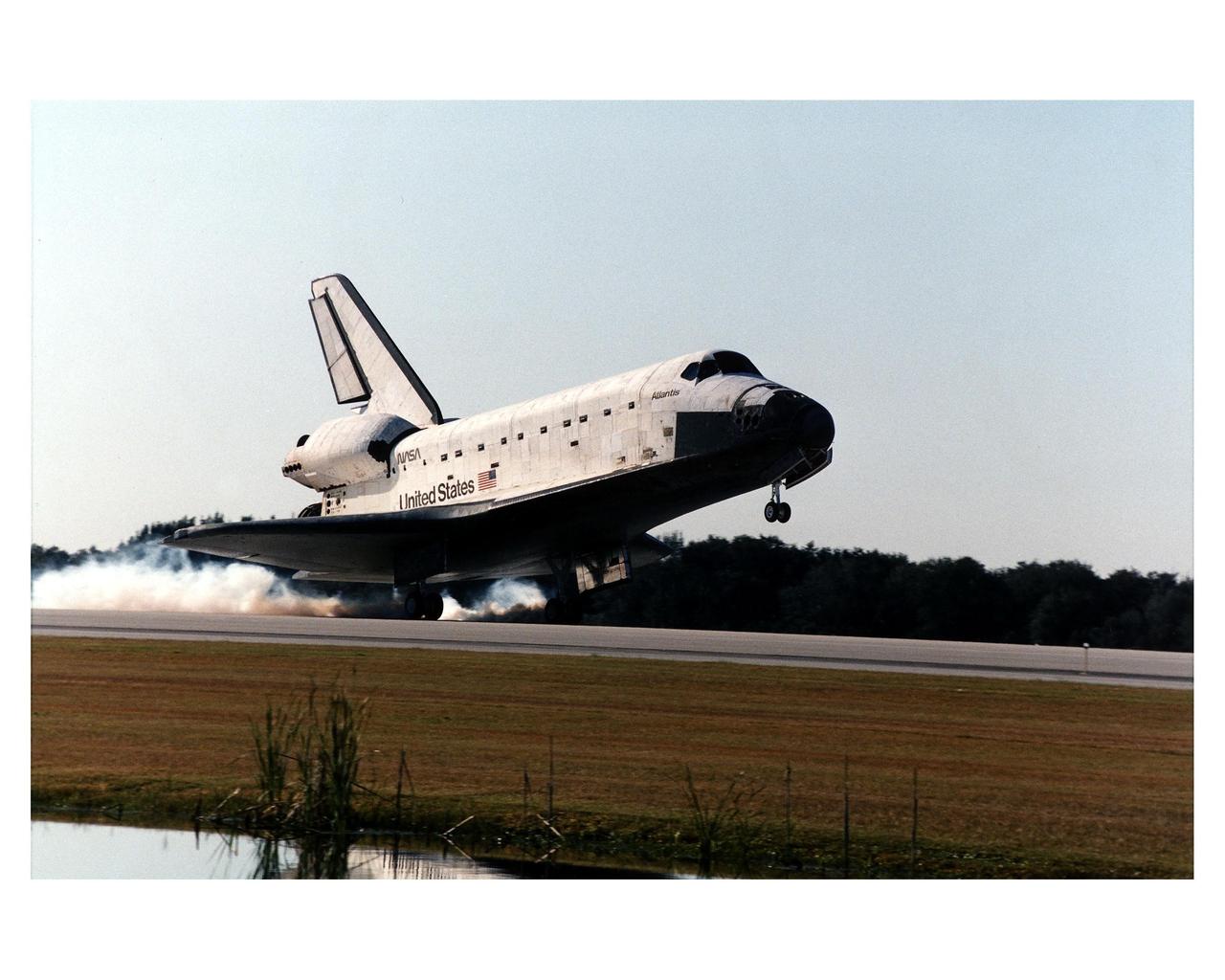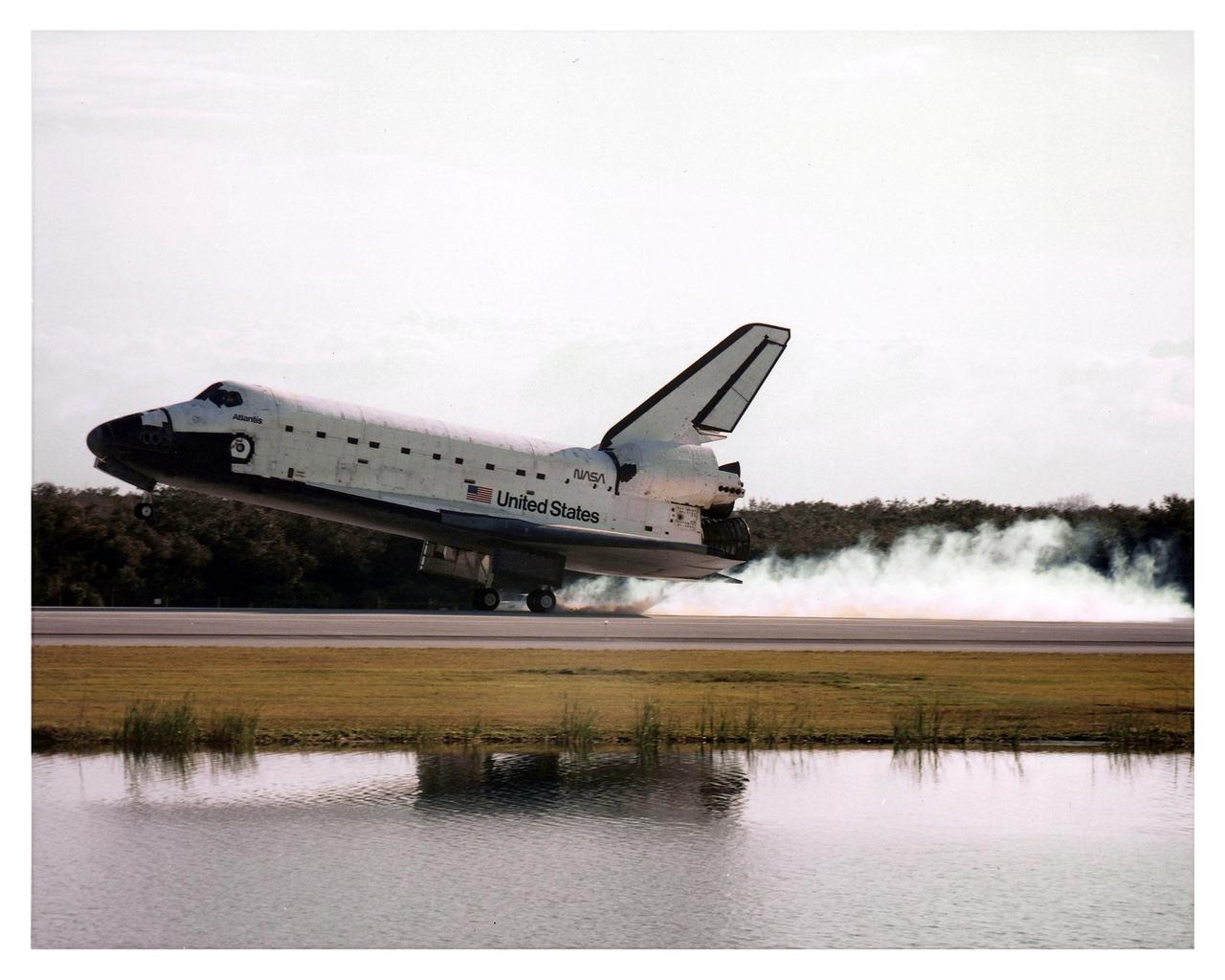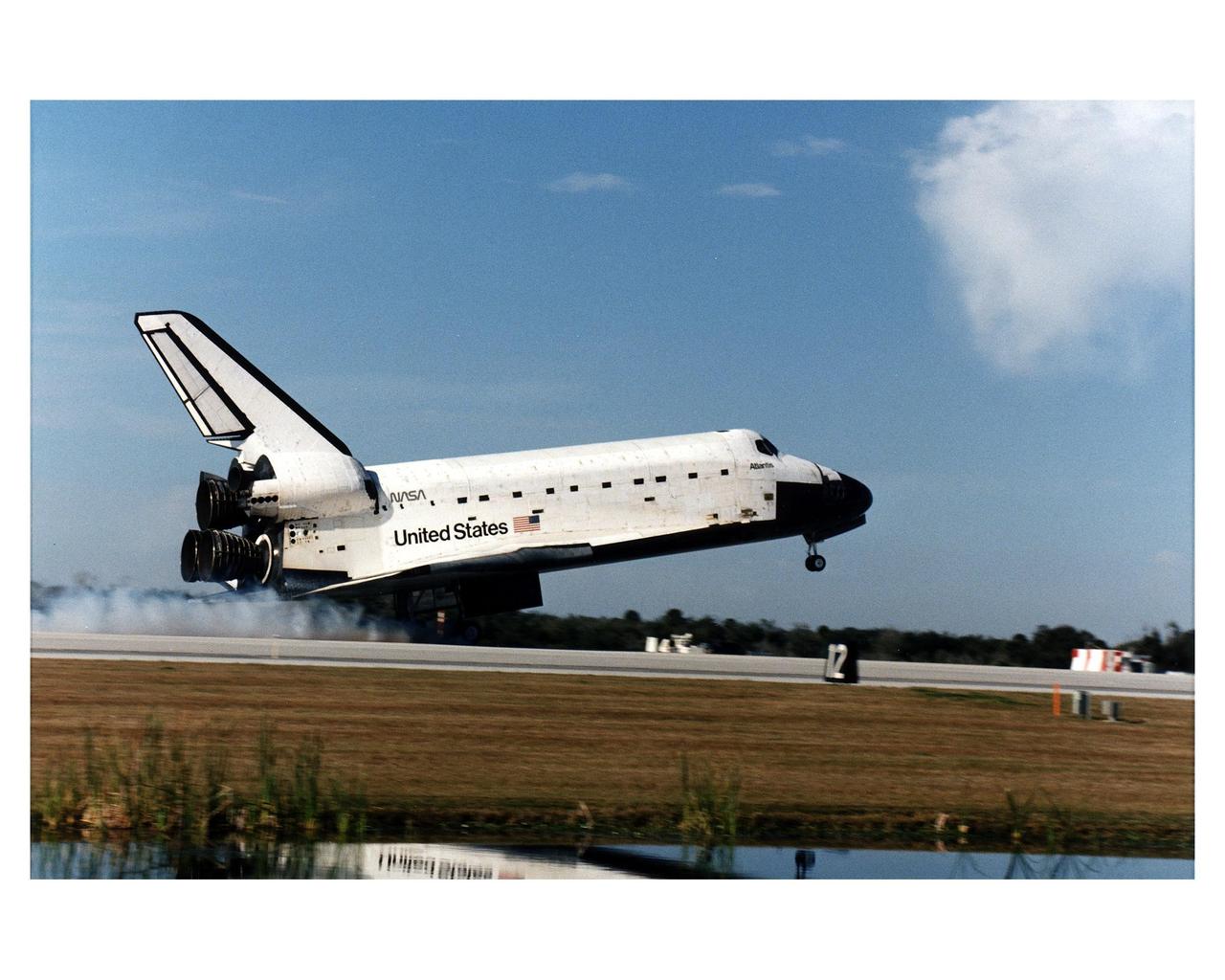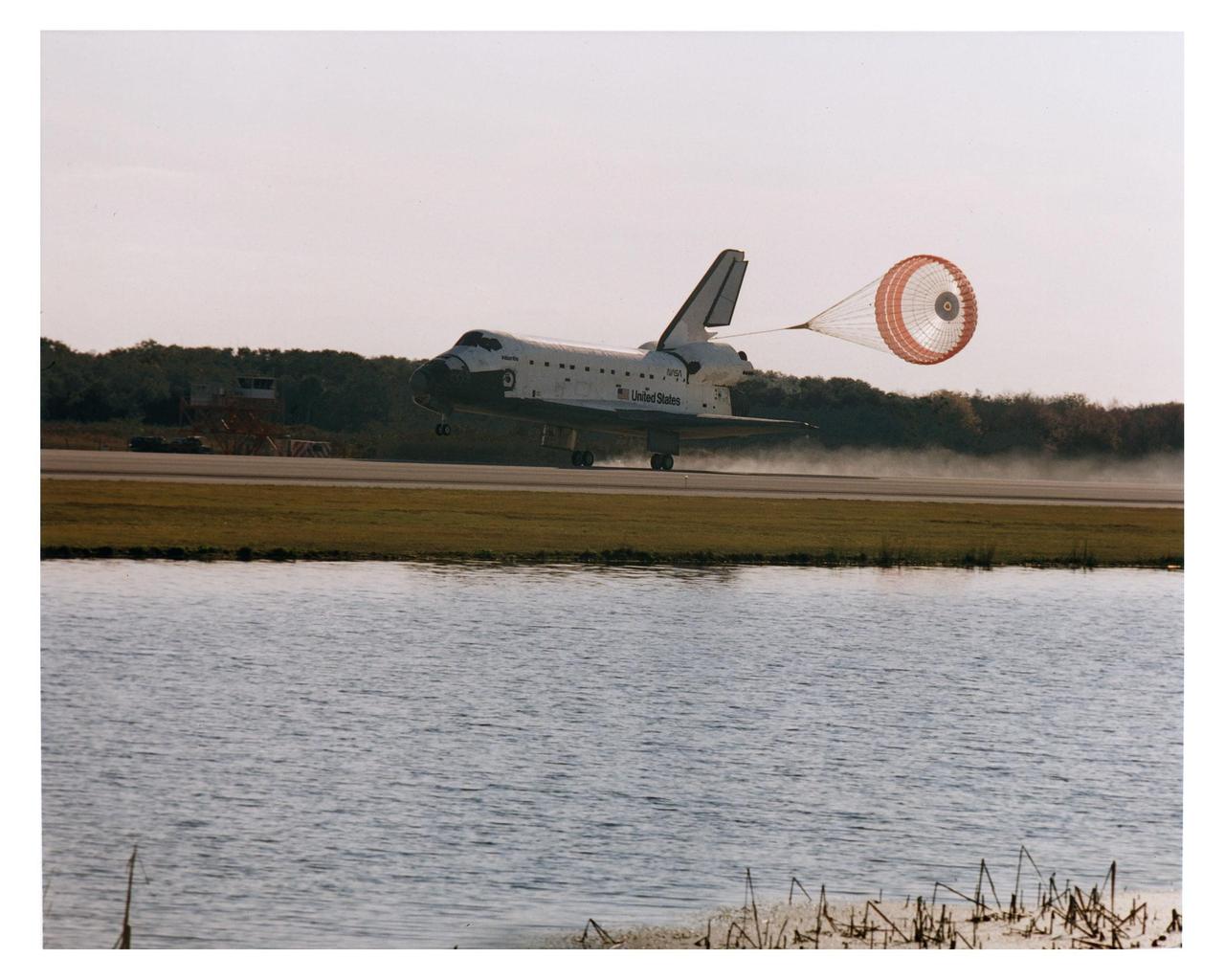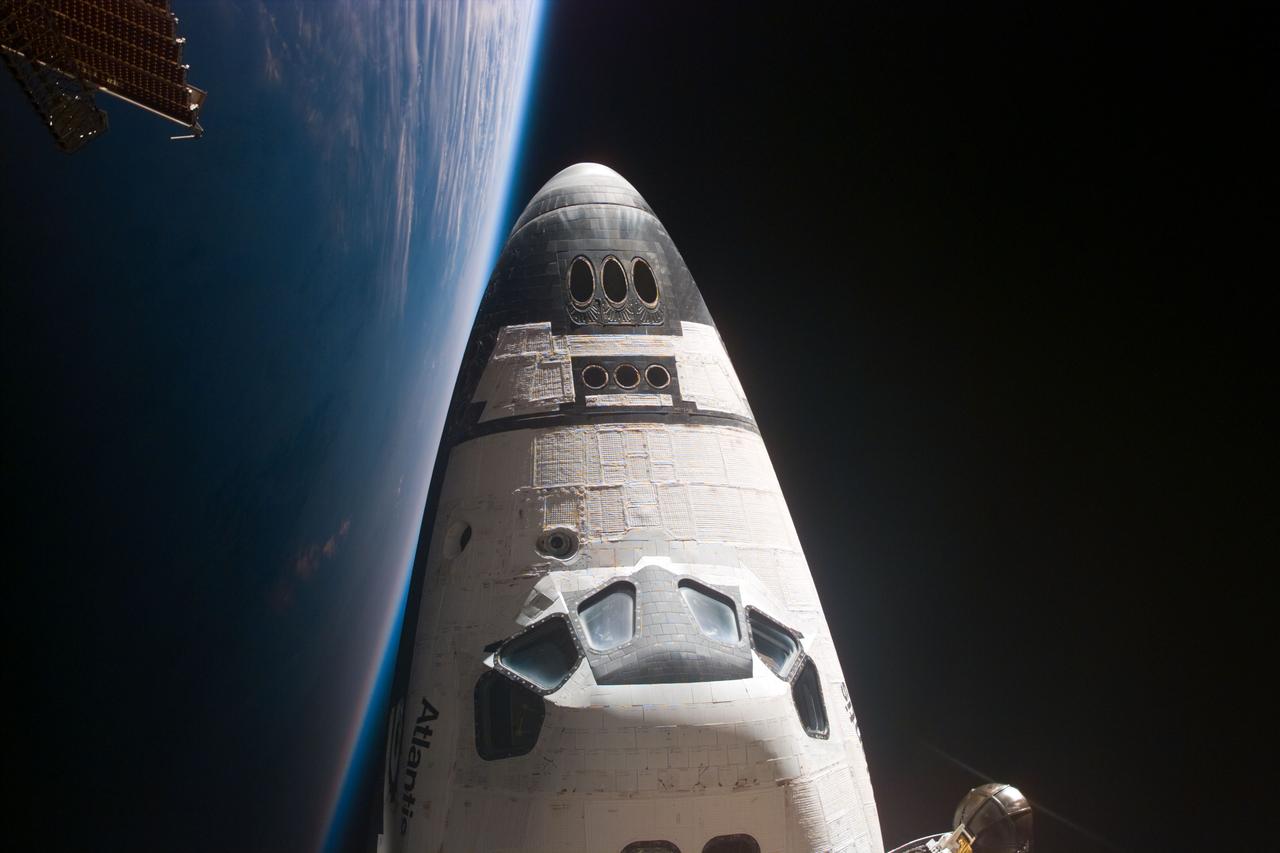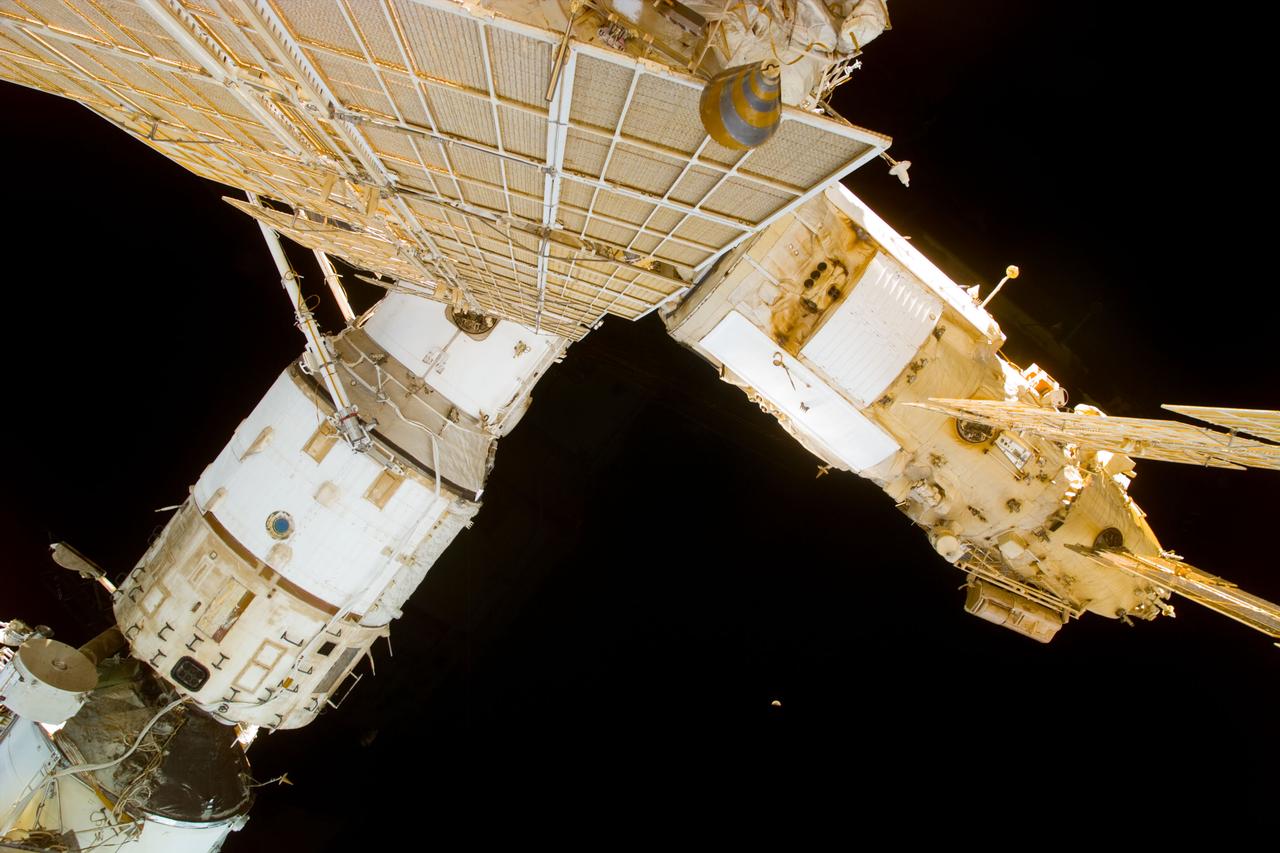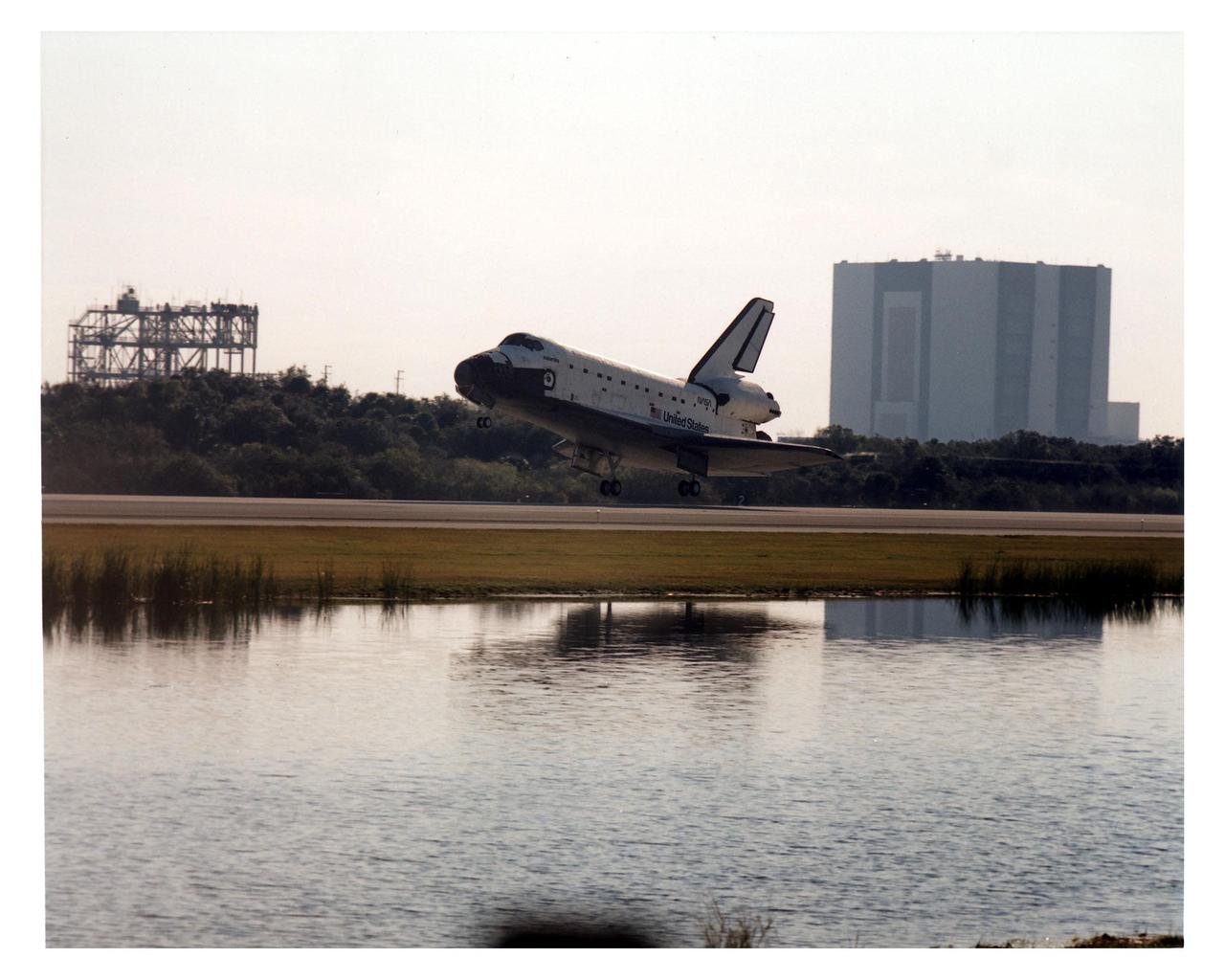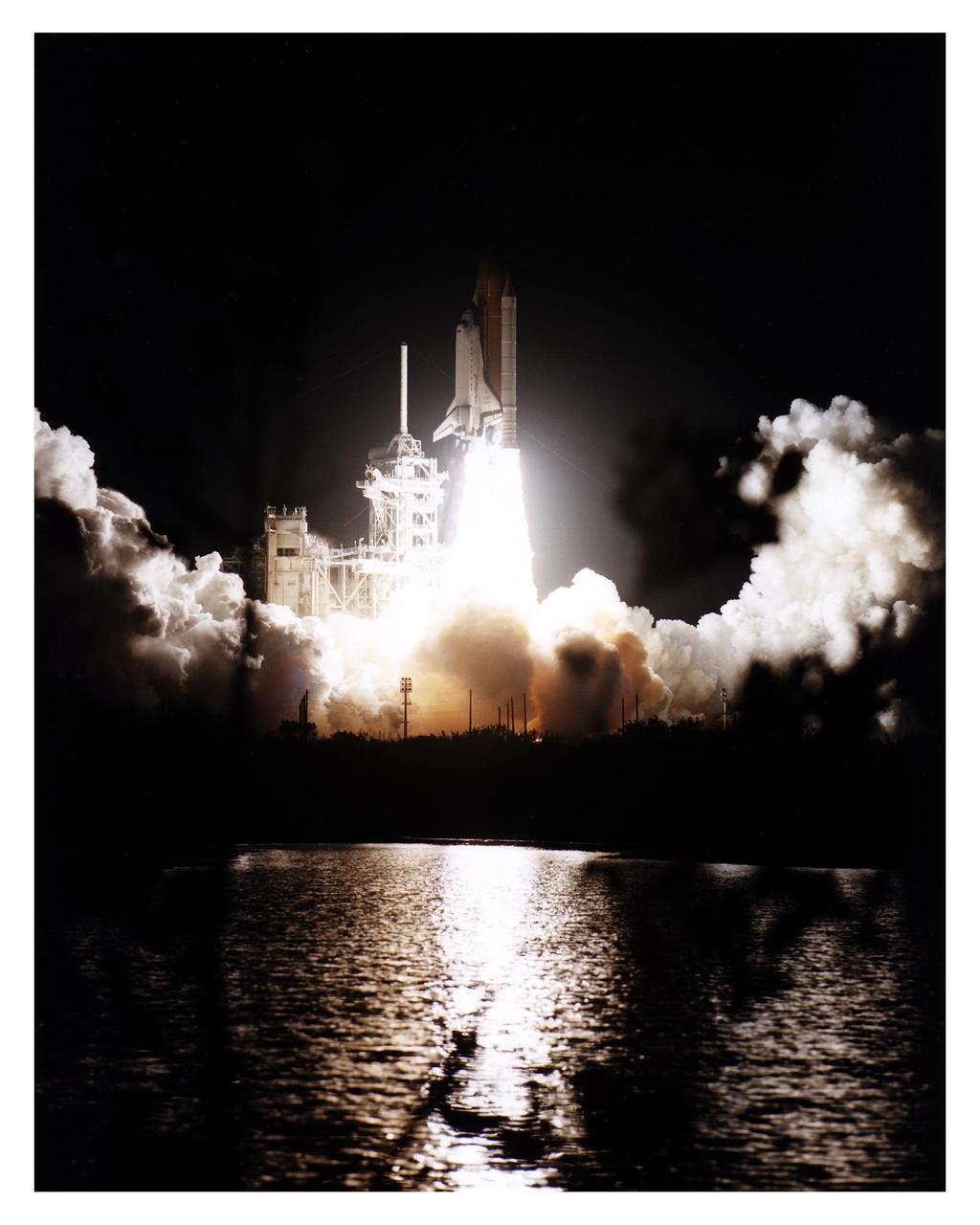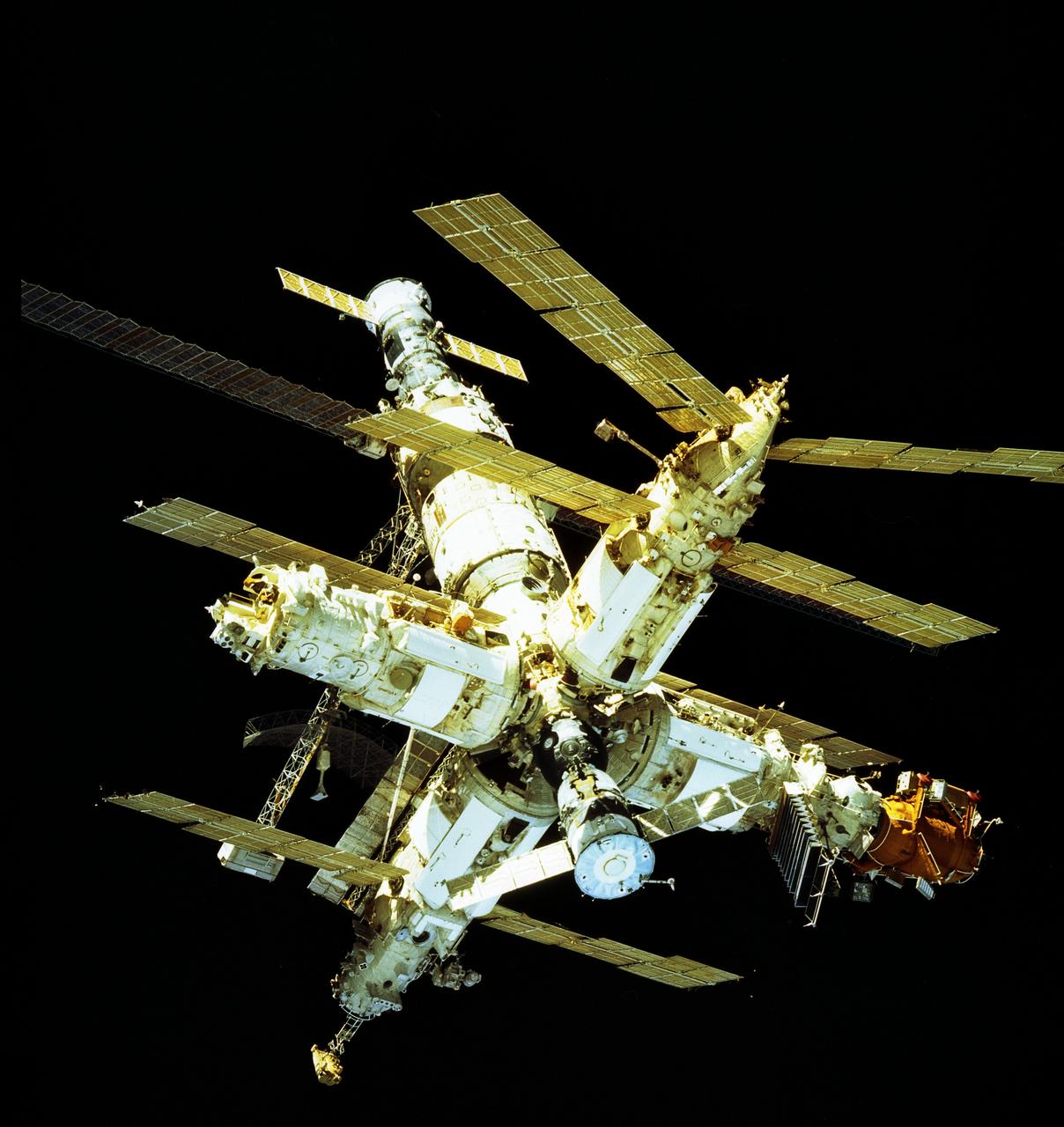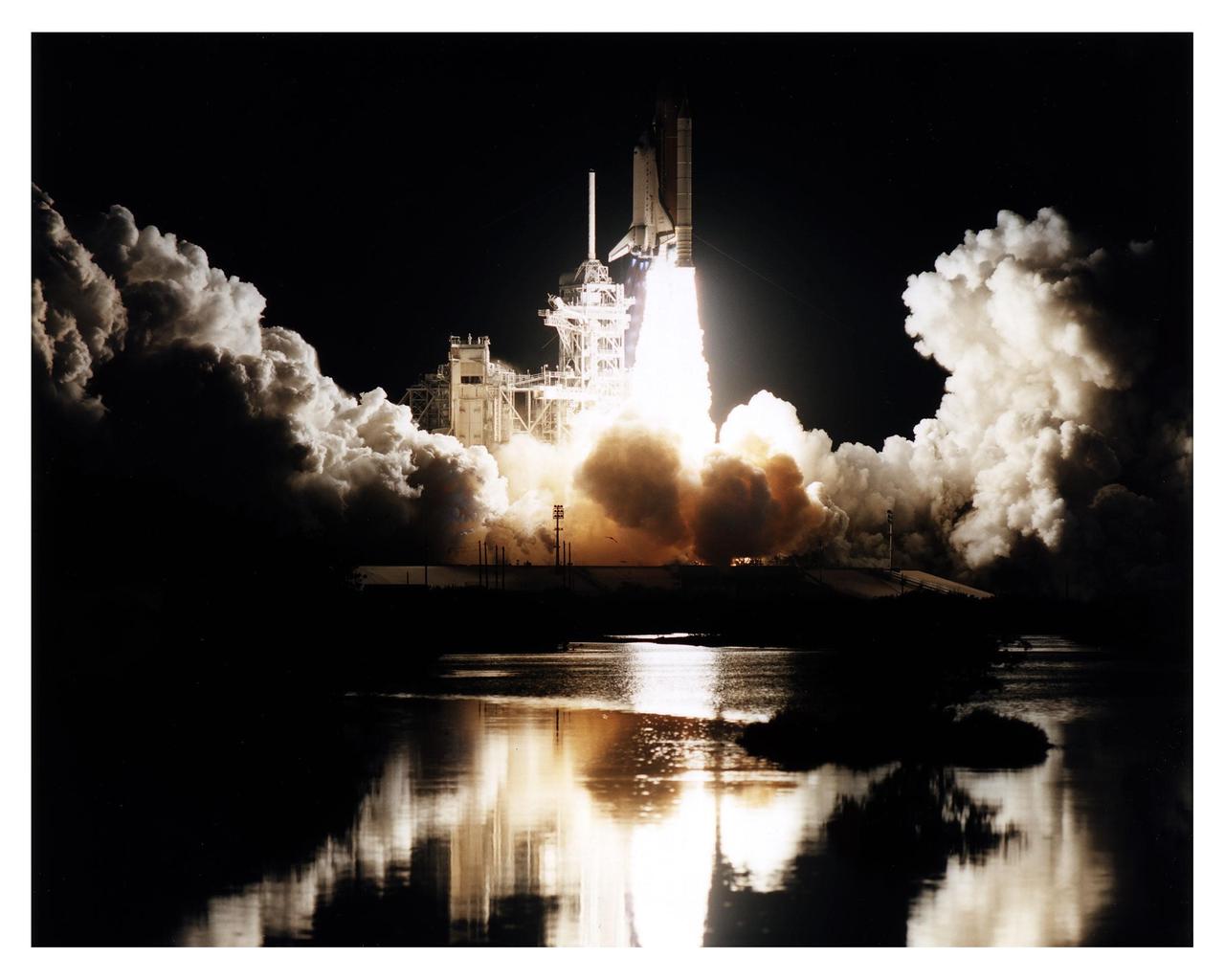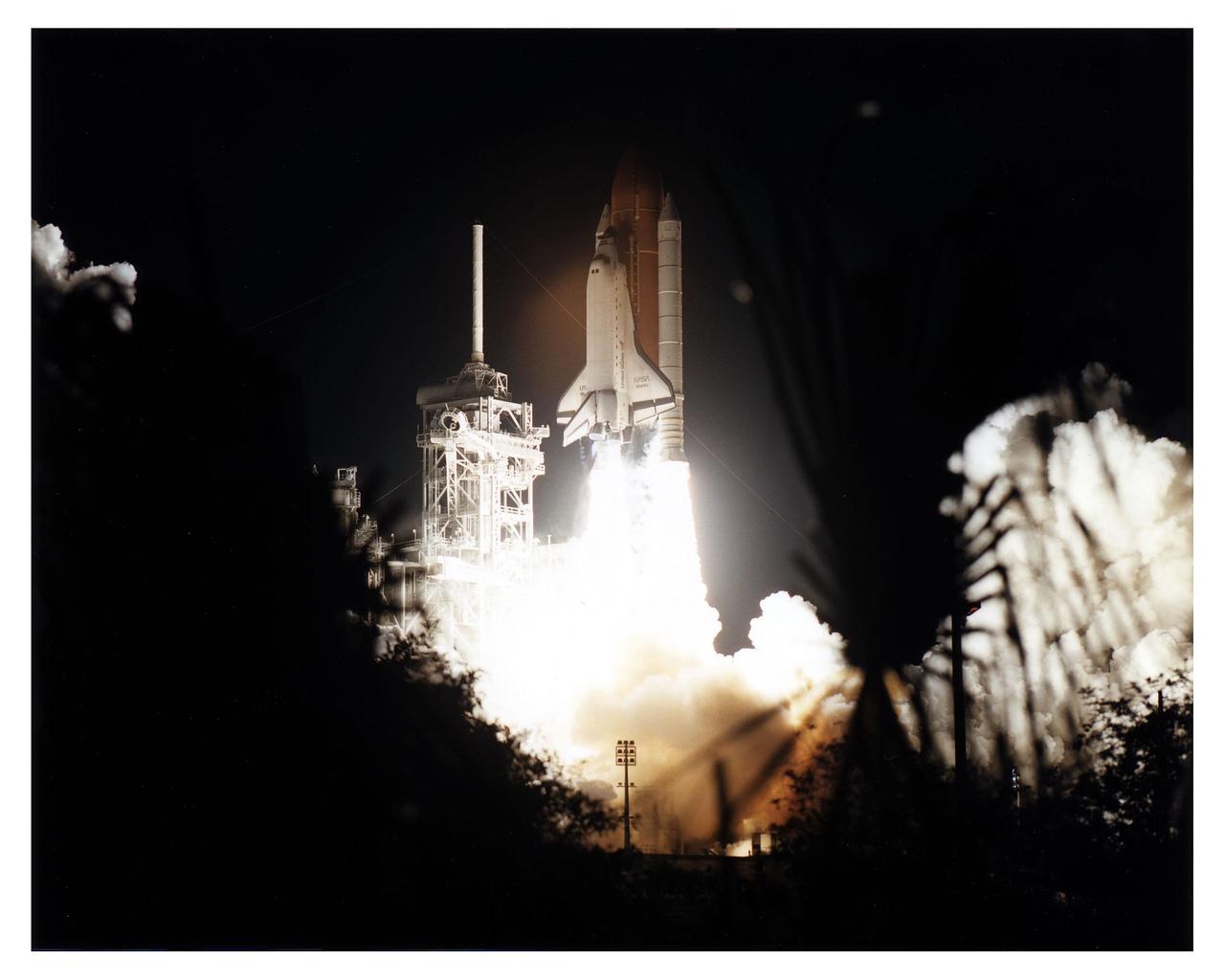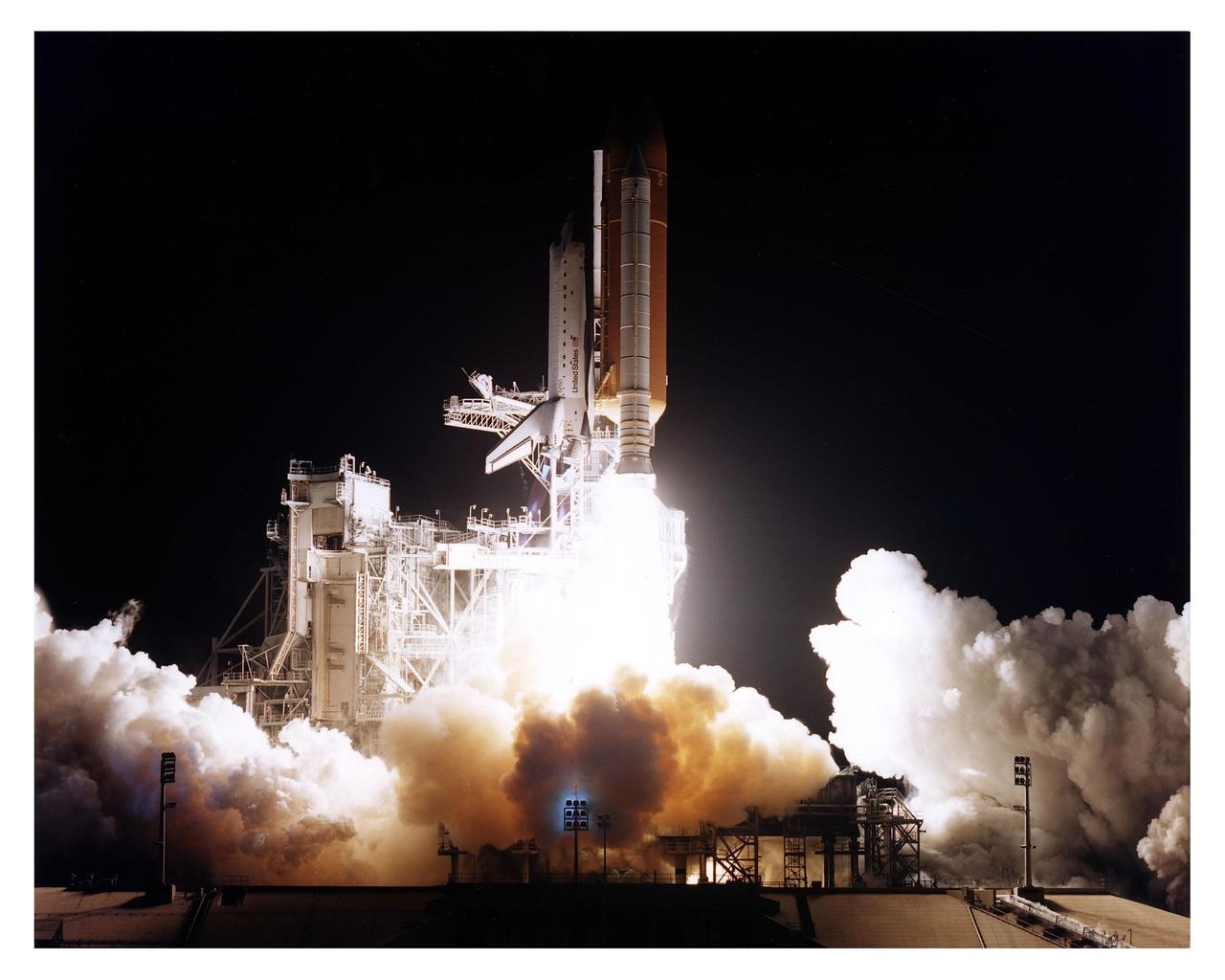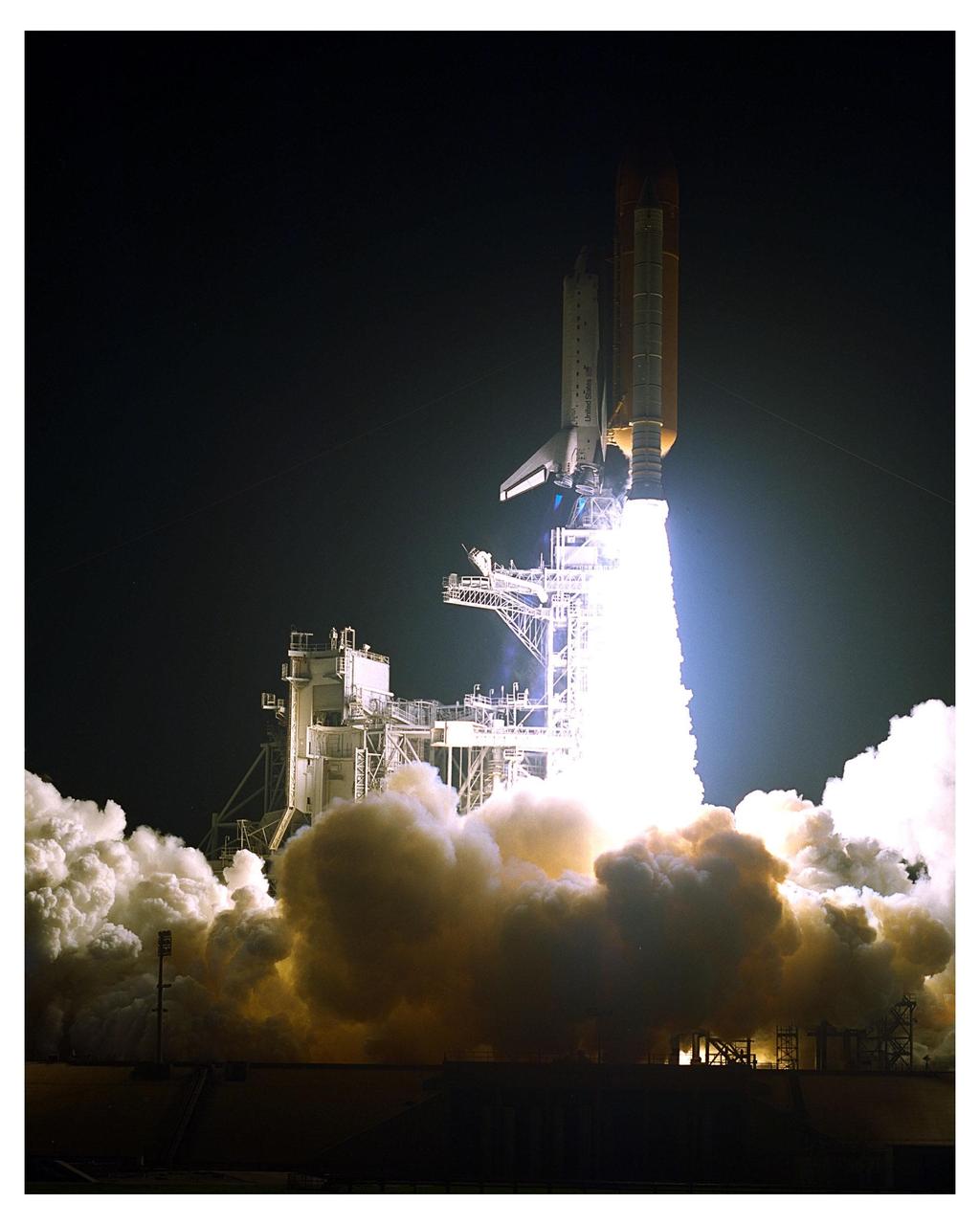STS-81 Fact Sheet
By Cliff Lethbridge

STS-81 — Atlantis
81st Space Shuttle Mission
18th Flight of Atlantis
Crew:
Michael A. Baker, Commander
Brent W. Jett, Jr., Pilot
Peter J.K. “Jeff” Wisoff, Mission Specialist
John M. Grunsfeld, Mission Specialist
Marsha S. Ivins, Mission Specialist
Embarking to Mir:
Jerry M. Linenger, Mission Specialist
Returning from Mir:
John E. Blaha, Mission Specialist
Orbiter Preparations:
Tow to Orbiter Processing Facility – September 26, 1996
Rollover to Vehicle Assembly Building – December 5, 1996
Rollout to Launch Pad 39B – December 10, 1996
Launch:
January 12, 1997 – 4:27:23 a.m. EST. Launch occurred as scheduled with no delays.
Landing:
January 22, 1997 – 9:22:44 a.m. EST at Runway 33, Kennedy Space Center. Rollout distance was 9,350 feet. Rollout time was 1 minute, 9 seconds. Mission duration was 10 days, 4 hours, 55 minutes, 21 seconds. Landing occurred during the 160th orbit and upon the second landing opportunity for the day due to weather concerns.
Mission Summary:
This was the fifth Space Shuttle mission to dock with the Russian Mir Space Station. Atlantis docked with Mir at 10:55 p.m. EST on January 14, 1997 followed by hatch opening at 12:57 a.m. EST on January 15, 1997.
Astronaut exchange officially took place at 4:45 a.m. EST on January 15, 1997 as astronaut Linenger traded places with astronaut Blaha, who embarked to Mir during mission STS-79 and spent 118 days on Mir and 128 total days in continuous orbit.
During joint docking operations, crews transferred about 6,000 pounds of logistics material to Mir, including around 1,600 pounds of water, 1,100 pounds of U.S. science equipment and 2,200 pounds of Russian equipment. In addition, about 2,400 pounds of materials were transferred from Mir to Atlantis for a return to Earth.
Undocking occurred at 9:15 p.m. EST on January 19, 1997 followed by an Atlantis fly-around of Mir.
A variety of scientific investigations were performed aboard the SPACEHAB pressurized laboratory housed in the Shuttle’s cargo bay. Experiments included the Treadmill Vibration Isolation and Stabilization System (TVIS) designed to be used aboard the proposed Russian Service Module of the International Space Station.
In addition, the Shuttle’s vernier jet thrusters were fired when Atlantis was docked to Mir. Engineering data obtained during these firings was applied to ongoing International Space Station evaluation.
SELECTED NASA PHOTOS FROM STS-81
